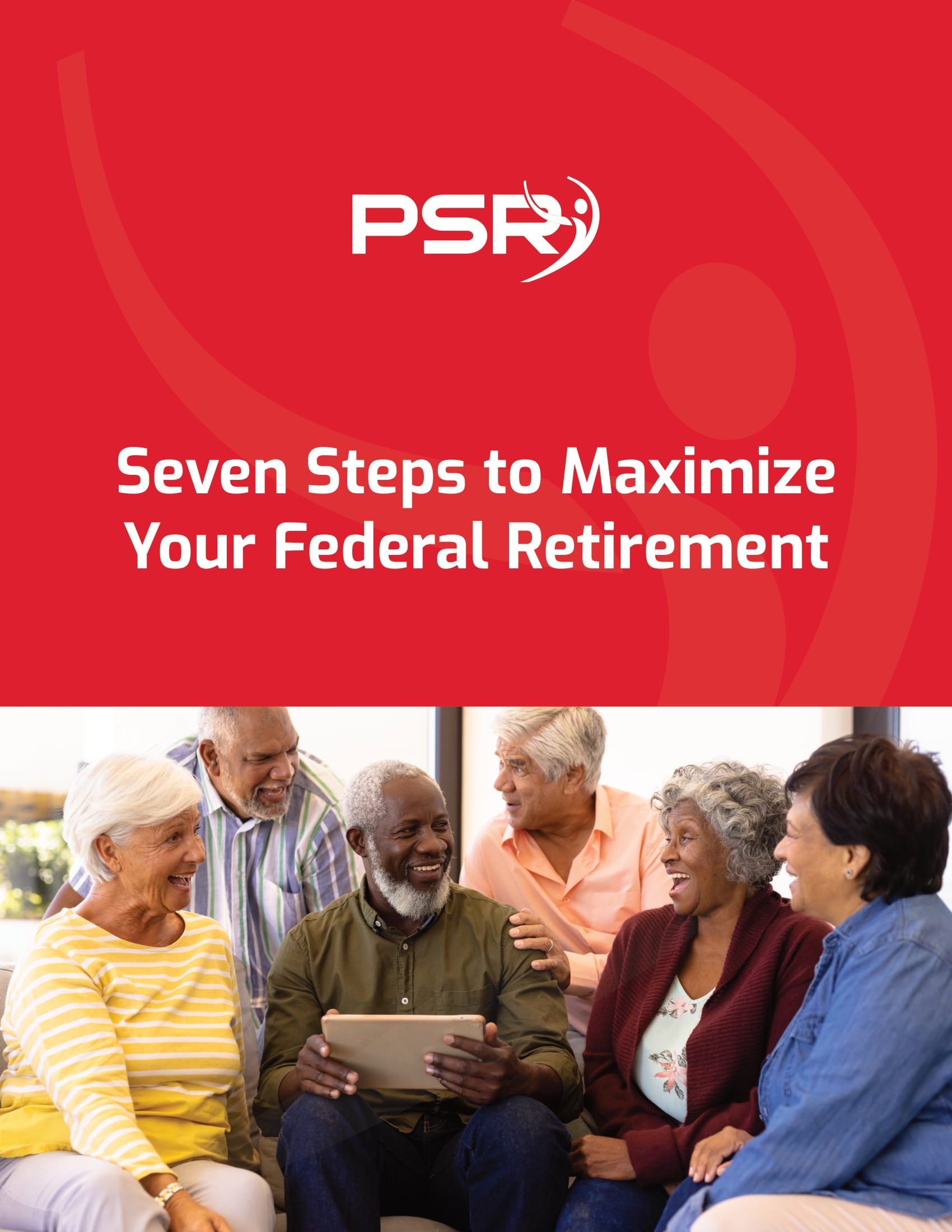Key Takeaways
-
Even if you’re years away from retirement, Medicare decisions can impact your federal benefits—especially with the new changes under the PSHB program in 2025.
-
Understanding how Medicare coordinates with your current or future health benefits gives you an advantage in both financial planning and retirement preparedness.
Why Medicare Still Matters While You’re Working
You might assume Medicare only becomes relevant once you’ve left the workforce. However, if you’re a government employee—especially one under the Federal Employees Retirement System (FERS)—Medicare is more than just a retirement healthcare program. It plays a key role in your long-term planning, and ignoring it can lead to missed opportunities or unexpected costs.
- Also Read: Postal Employees, Big Changes Are Coming to Your Benefits in 2025—Here’s What You Need to Watch Out For
- Also Read: Military Buyback Programs Explained: Here’s How Federal Employees Can Use Them to Boost Their Pensions
- Also Read: Joining Civilian and Military Benefits—Why It’s the Best Move You’ll Make for Retirement
Medicare Basics You Should Understand Now
Before diving into how Medicare impacts you as an active federal employee, here’s a quick overview of the parts of Medicare:
-
Part A (Hospital Insurance): Covers inpatient hospital stays. Usually premium-free if you’ve worked 40 quarters (10 years).
-
Part B (Medical Insurance): Covers doctor visits and outpatient care. Comes with a monthly premium ($185 in 2025).
-
Part C (Medicare Advantage): A private alternative to Original Medicare, which combines Part A, Part B, and sometimes Part D.
-
Part D (Prescription Drug Coverage): Optional coverage for medications, with a 2025 deductible of up to $590 and a $2,000 out-of-pocket cap.
Even if you’re not yet eligible, being familiar with these parts helps you plan ahead.
1. PSHB and the Medicare Requirement
In 2025, a major policy shift affects Medicare-eligible Postal Service retirees and family members. If you’re in this group and retire after January 1, 2025, enrolling in Medicare Part B is mandatory to keep your PSHB coverage. Those who don’t comply risk losing their PSHB medical benefits.
There are exemptions, but most employees aged 64 or younger on January 1, 2025, are expected to comply once they hit Medicare eligibility. Planning for this requirement well in advance will help avoid higher premiums due to late enrollment penalties.
What This Means for You:
-
Start preparing by age 63.
-
Consider the long-term cost savings of combining Medicare Part B with your future PSHB plan.
-
If exempt, still review whether voluntary enrollment makes sense for broader coverage.
2. Why You Should Think About Medicare Even Under FEHB
If you’re not with USPS, you may still think, “Medicare doesn’t apply to me until I retire.” While you technically don’t need to enroll until age 65, there are strategic benefits to evaluating it early:
-
Avoiding Penalties: Late enrollment in Medicare Part B can result in permanent premium increases—10% for each 12-month period you delay after eligibility.
-
Cost Projections: Understanding how Medicare may work alongside your FEHB plan in retirement helps with financial planning.
-
Choice of Providers: Medicare may offer broader access to providers than some FEHB plans.
Many FEHB plans offer reduced cost-sharing when you’re enrolled in Medicare Part B. Reviewing this coordination ahead of time allows you to pick the right FEHB plan during Open Season.
3. FEHB and Medicare Coordination—What You Need to Know
When you turn 65 and remain an active federal employee, your FEHB coverage continues to be your primary insurer. However, once you retire, Medicare becomes primary, and your FEHB plan becomes secondary if you enroll in Medicare.
Key Coordination Points:
-
Medicare Part A usually becomes your primary payer at 65, even if you’re still working.
-
Part B is optional while you’re employed, but required if you want full coordination after retirement.
-
Retirees with both Medicare and FEHB often pay lower out-of-pocket costs due to the layering of benefits.
Understanding these transitions helps you manage costs and ensure continuous care.
4. How Medicare Enrollment Affects Your Retirement Timeline
Planning for Medicare is directly tied to your retirement date. If you plan to retire at 62 or 63, for instance, you may go without Medicare for a few years. But if you retire at 65 or later, you’ll need to coordinate both Medicare and FEHB from the start.
Things to Consider:
-
Medicare Initial Enrollment Period (IEP): A 7-month window starting 3 months before your 65th birthday.
-
Special Enrollment Period (SEP): Available when you retire after 65, if you’ve had continuous FEHB or other group coverage.
Missing the right window could result in lifetime penalties, so lining up your retirement timeline with Medicare eligibility is crucial.
5. The Financial Impact of Medicare Choices
Medicare isn’t free. Even though Part A is usually premium-free, Part B and Part D have associated costs. In 2025:
-
Part B premium: $185/month (standard).
-
Part B deductible: $257.
-
Part D deductible: Up to $590.
-
Part D out-of-pocket cap: $2,000.
As a federal retiree, you need to budget for these on top of your FEHB or PSHB premiums unless you drop those plans (not recommended without full analysis).
Also, higher-income earners face Income-Related Monthly Adjustment Amounts (IRMAA), which increase Part B and D premiums.
6. Long-Term Healthcare Strategy: Medicare + TSP + FEHB/PSHB
If you’re building a long-term strategy for retirement, Medicare should be integrated with your Thrift Savings Plan (TSP) and your health insurance.
Strategy Tips:
-
Use your TSP savings to cover Medicare-related expenses in retirement.
-
Evaluate whether reducing FEHB/PSHB cost-sharing through Medicare enrollment makes financial sense.
-
Estimate your total health-related expenses in retirement, not just premiums.
The goal is not just coverage, but sustainable coverage that works within your income and savings.
7. Don’t Wait Until You’re 64 to Start Thinking About This
The worst mistake many federal employees make is waiting too long to think about Medicare. If you start preparing by your early 60s—or even late 50s—you give yourself time to:
-
Understand how it fits with your retirement timing.
-
Avoid late penalties and rushed decisions.
-
Choose FEHB or PSHB plans that pair well with Medicare.
Procrastination can lead to higher costs, less coverage, and more confusion when you’re least prepared to handle it.
Staying Ahead of the Curve in 2025
In 2025, the healthcare landscape for government retirees continues to evolve. Between the PSHB rollout and Medicare Part D changes—including the $2,000 out-of-pocket cap and monthly payment options for drug costs—you have more reason than ever to stay informed.
The choices you make now will influence not just how much you pay, but how confident you feel about your healthcare coverage as you age.
Medicare Is More Than Just a Retirement Issue
If you’re a public sector employee in 2025, Medicare is not something you can afford to ignore until you’re out of the workforce. Whether you’re decades away from retirement or within a few years, now is the time to understand how Medicare fits into your overall benefits package.
Don’t assume you’ll just “figure it out later.” Planning ahead puts you in control—and saves money. Talk to a licensed agent listed on this website to make sure you’re on the right track with your healthcare strategy.









